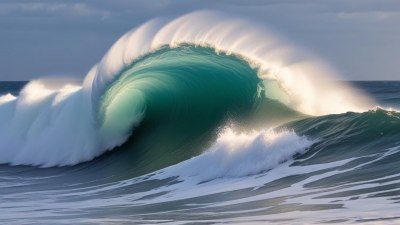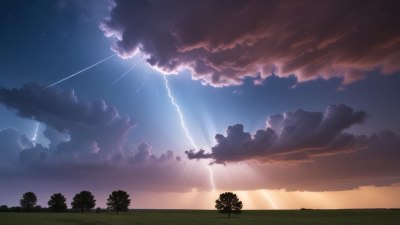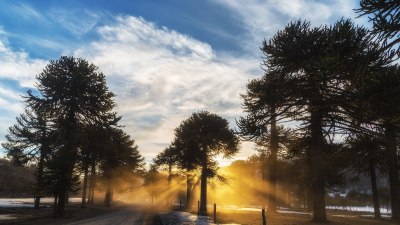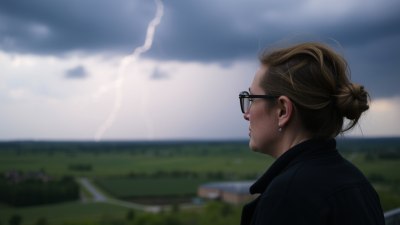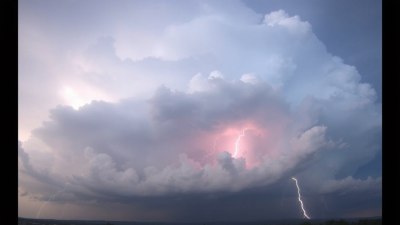Why Fog Happens More Often in Certain Regions
Explore the reasons behind frequent fog in specific regions, including climatic, geographic, and environmental factors.
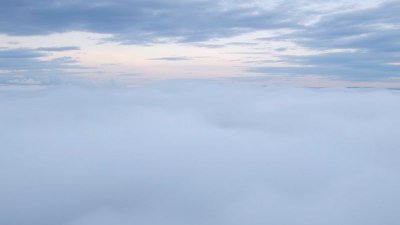
Image created with Flux Schnell
Fog is a common meteorological phenomenon that occurs when water vapor condenses into tiny liquid water droplets suspended in the air, reducing visibility close to the ground. While fog can appear almost anywhere under the right circumstances, it tends to happen more often in certain regions around the world. This article dives into the scientific explanations and environmental conditions that make some areas fog magnets, looking at everything from geographic location and climate to human influence.
Understanding Fog Formation
Fog forms when the air near the Earth's surface cools to its dew point, the temperature at which the air becomes saturated and water vapor condenses into droplets. This cooling can happen in several ways: radiational cooling during clear nights, advection of warm moist air over cooler surfaces, or evaporation from a wet surface into cooler air. The resulting fog is essentially a cloud at ground level.
There are various types of fog including radiation fog, advection fog, valley fog, upslope fog, and evaporative fog. Each type forms under slightly different conditions but shares the underlying principle of air saturation. Understanding the prevalent fog type in a region can help explain why some places experience fog more frequently and for longer durations compared to others.
The Role of Geographic Features
Geography significantly influences fog formation. Coastal regions tend to experience more fog because of the interaction between land and sea temperatures. For example, advection fog forms when warm moist air from the ocean moves over cooler land surfaces, causing condensation. This is common in coastal areas like San Francisco, California, where the cold Pacific Ocean currents contribute to frequent fog banks.
Mountains and valleys also play vital roles in fog occurrence. Valleys can trap cold air at night, promoting radiation fog due to temperature inversion. Additionally, upslope fog forms when moist air is forced to rise along mountain slopes, cooling as it ascends and reaching saturation. Regions like the Appalachian Mountains in the United States or the Scottish Highlands experience frequent fog because of these effects.
Climatic Factors Encouraging Fog
Climate patterns are another key to understanding fog frequency. Areas with high humidity and cool temperatures near the ground generally have conditions ripe for fog formation. Coastal climates often provide these conditions because of the moderating influence of large water bodies.
For instance, the marine west coast climate, found in places like the Pacific Northwest of the United States and western Europe, is known for persistent fog, especially during the cooler months. This fog can be thick and persistent due to the cool ocean currents and prevailing moist winds that continuously supply moisture to the atmosphere.
Climate change is gradually altering these dynamics, potentially influencing fog patterns worldwide. Shifts in temperature, humidity, and ocean currents might increase or decrease fog frequency depending on the region, making continuous study important for forecasting and preparedness.
Impact of Temperature Inversions
Temperature inversions are a meteorological phenomenon where a layer of cooler air is trapped near the ground beneath a layer of warmer air. This inversion limits vertical air movement, stabilizes the lower atmosphere, and traps moisture close to the surface, which promotes fog formation.
Inversion layers are especially common in valleys and basins where topography prevents the mixing of air masses. Cities like Los Angeles, surrounded by mountains, often experience fog or smog trapped by inversions, reducing air quality and visibility.
Human Activities and Urban Effects
Human activities can both increase and decrease fog formation. Urban heat islands, for instance, can raise local temperatures enough to reduce fog formation in city centers while fog remains more frequent on surrounding cooler outskirts.
Additionally, pollution can affect fog characteristics. Fog droplets can incorporate soot and other particulates, creating smog, which poses health risks. Urban and industrial areas may experience more persistent foggy conditions exacerbated by pollutants acting as condensation nuclei.
Regional Examples of Frequent Fog
San Francisco in California is famous for its fog, particularly in summer. The cold California Current cools the air over the Pacific Ocean. When the warm inland air migrates toward the coast, it meets cool, moist ocean air, generating advection fog that rolls into the city through the Golden Gate.
Similarly, the British Isles often experience dense fogs due to their island climate surrounded by the North Atlantic Ocean. Frequent moist air masses moving over cooler land surfaces create ideal fog conditions, especially during autumn and winter.
In mountainous regions such as the Himalayas and the Andes, upslope fog is common when moist air is forced up the mountain slopes, cooling and condensing as it rises. These fogs often reduce visibility and can affect transportation and daily life.
Seasonal Variations in Fog Occurrence
Fog frequency can vary significantly with seasons due to changes in temperature and humidity. Radiation fog tends to form most often during crisp, clear autumn and winter nights when the ground cools rapidly after sunset. Advection fog may be more frequent in cooler months when warm moist air masses pass over cold surfaces.
Some regions experience seasonal fog regimes that have cultural and practical implications. For instance, in many agricultural areas, fog provides essential moisture for crops during dry periods, impacting planting and harvest schedules.
Ecological and Economic Implications
Frequent fog can influence local ecosystems by providing moisture that supports specific flora and fauna adapted to such environments. Coastal redwoods in California, for example, rely heavily on summer fog for moisture supplementation due to dry summers.
Economically, fog affects transportation, especially aviation and road traffic, where reduced visibility increases risks and delays. In regions where fog is persistent, infrastructure includes lighting, fog detection systems, and adjusted travel protocols to mitigate these impacts.
Advances in Fog Prediction and Research
Meteorologists utilize satellite imaging, ground-based sensors, and computer models to predict fog events more accurately. Real-time data helps issue timely warnings, reducing accidents and disruptions.
Research continues to explore the complex interactions between atmospheric moisture, temperature, and terrain that lead to fog formation. Increased understanding enables better forecasting and preparation measures, particularly in fog-prone regions.
In summary, the regions that experience fog more often are influenced by a combination of geographic location, climatic conditions, temperature dynamics, human impact, and seasonal factors. These elements combine uniquely in certain areas to create persistent fog, affecting ecosystems, economies, and daily life.





